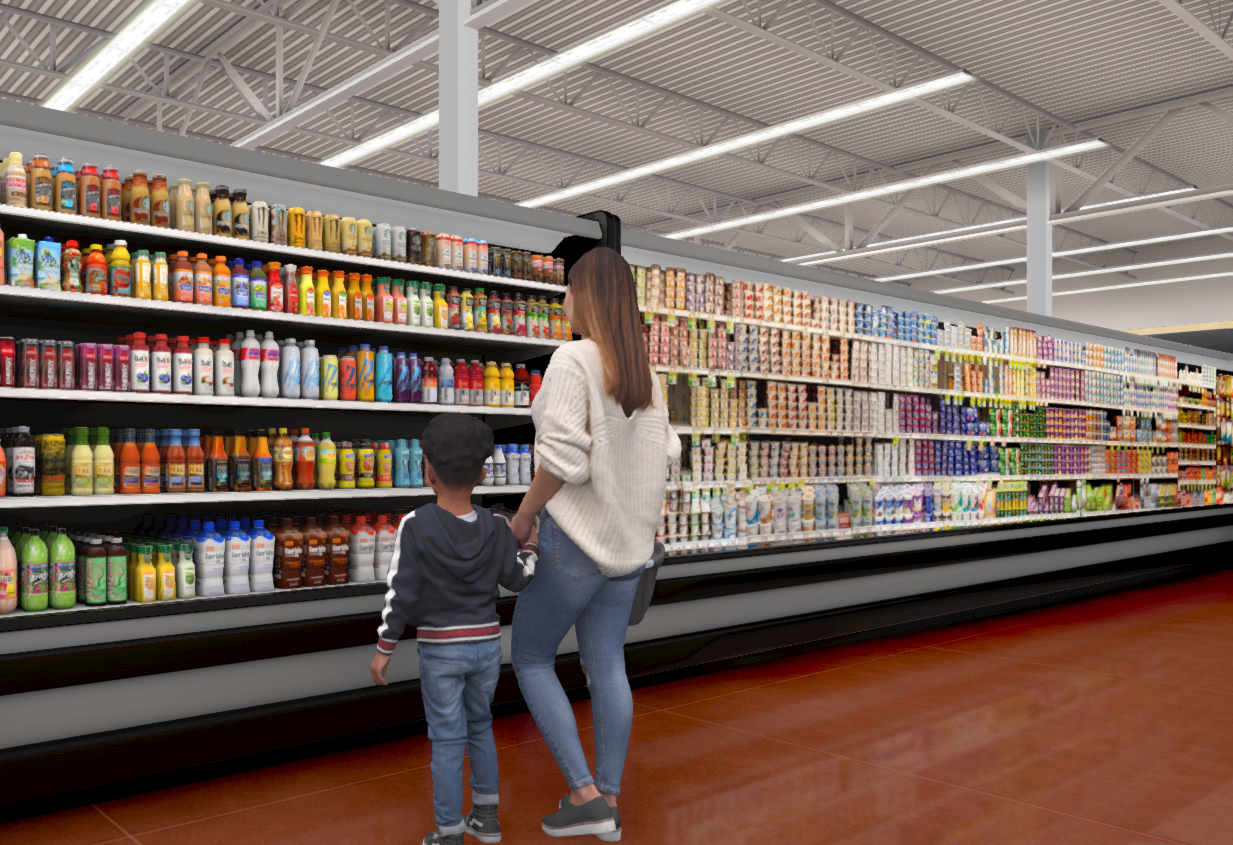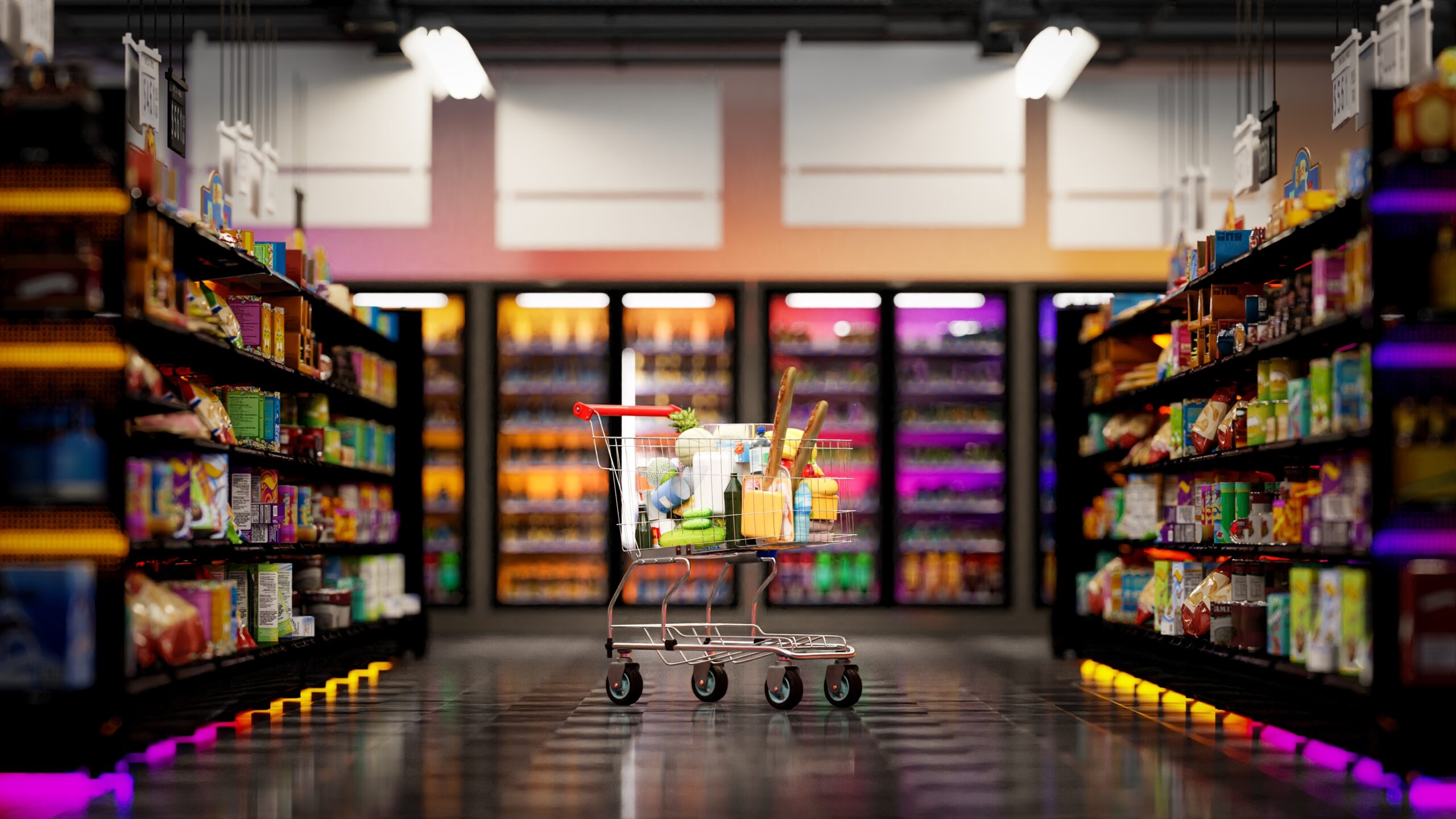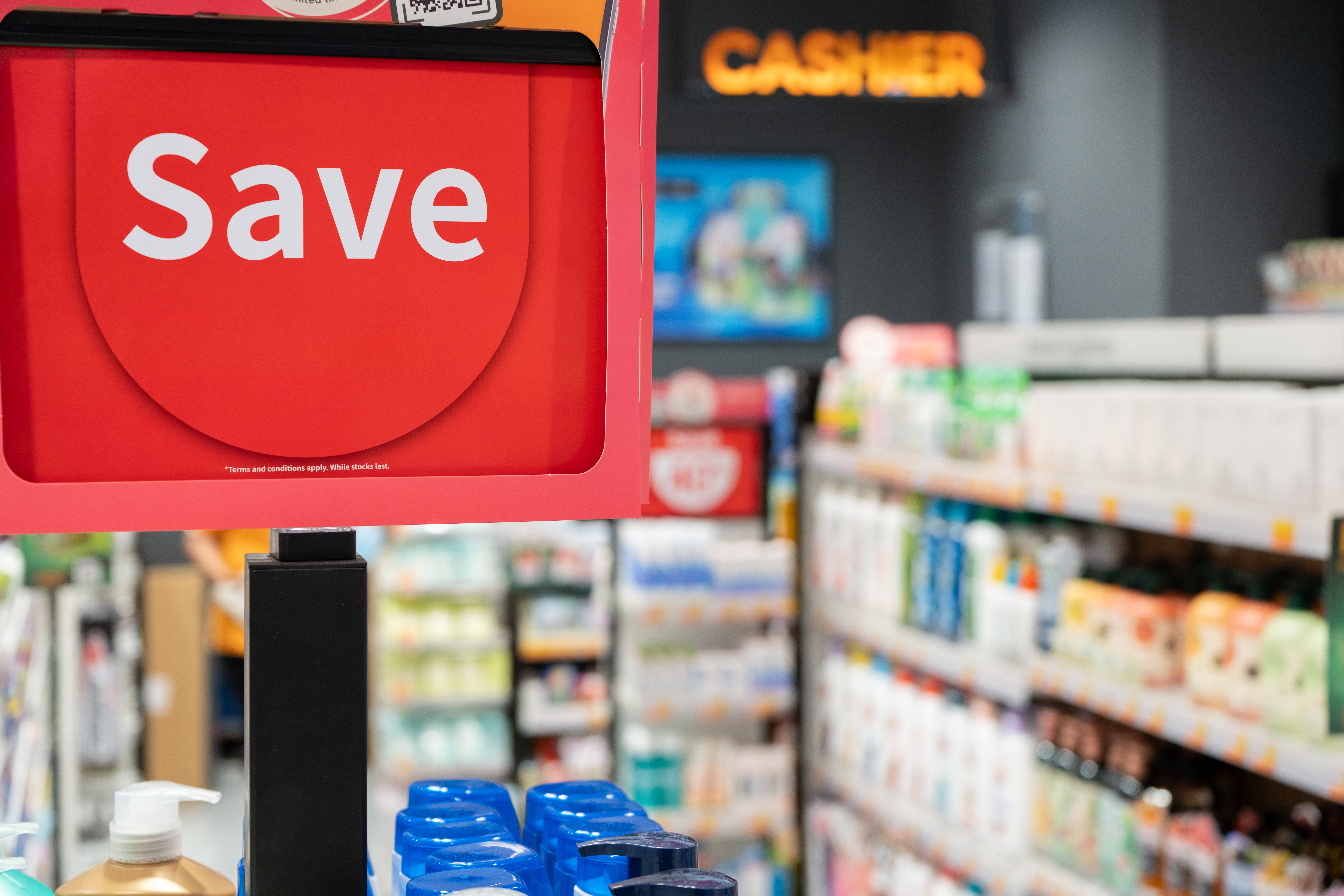Trusting your gut is easy, until there’s a lot on the line. When the stakes are low, instinct can feel like a shortcut. But when real money, brand reputation, and shopper trust are on the table, “I have a feeling” doesn’t cut it.
As a retailer, you’ve likely seen it before, or maybe you’ve even been there yourself. A new product rolls out with glossy signage, a freshly reworked shelf layout, and full marketing support. The creative team’s excited, the merchandisers are confident, and then… nothing. Shoppers seem to walk past the display like it’s invisible.
Suddenly everyone’s scrambling to figure out what went wrong. Maybe it’s the packaging? Maybe the shelf tags weren’t clear enough? Maybe the product should’ve been one bay over?
The postmortem is full of maybes because the decisions were made on instinct, not insight.
In retail, gut feeling has long been treated as a sixth sense, but instincts that aren’t backed by shopper data can cost you shelf space and revenue. You can’t afford to guess in a business where inches of real estate translate to thousands of dollars and first impressions make or break a brand.
That’s where virtual retail store research comes in.
At InContext, we’ve helped countless stores cut through the noise and guesswork and showed them how real shoppers respond to layout, signage, and product placement—before they ever committed to an in-person decision. And though this sort of research might seem complicated at first, it really isn’t. The process isn’t about adding complexity but all about removing risk.
In this post, we’ll break down six compelling reasons virtual store-level research is essential for retail success.
1. It Helps You Understand How Shoppers Actually Behave
Gut instinct might get you started, but it won’t tell you why a product is getting ignored or why one display outperforms another. Today’s retail industry demands sharper tools, and retail store research gives you exactly that.
One effective research tool, 3D simulations, enables you to observe how real shoppers navigate your store, including:
- Which shelves they stop at
- What signage they notice
- How long they linger
- Where they ultimately convert
This is in-depth insight based on real-time behaviors, not hunches, assumptions, outdated industry trends, or one-size-fits-all methodology.
Whether you want to know how Gen Z responds to your new in-store beauty wall or if your current layout leads shoppers to miss a featured product, 3D simulations provide learnings from real respondents who reflect your actual customer base.
A global spirits manufacturer tested a new planogram layout with a major wine and spirits retailer using our 3D simulation tools and saw category sales jump more than 10% in the test environment. The test also revealed stronger brand performance, improved product findability, and more shoppers trading up to premium products.
2. It Enables You to Test Before You Invest
There’s a reason physical store tests have long been considered a “nice to have” rather than a must: They can be expensive, time-consuming, and disruptive to the customer experience.
But modern retail market research tools have changed the game. Now you can test new products, marketing campaigns, signage, layouts, and even entire store rebrands inside a digital twin of your store, without ever moving a shelf in real life.
One manufacturer recently used our virtual research tools to narrow down 17 potential in-store execution ideas for a new product launch. Within four phases of testing—from narrowing down the list of concepts to final retailer customization—the manufacturer identified a winning strategy, secured full retail execution, and saw real-world results that almost exactly matched their virtual test projections.
Whether you’re a large chain or a small retailer, this kind of testing makes innovation practical. You get the data you need to optimize your next move without the risk of overcommitting. And when you can test confidently, you can execute with conviction.
3. It Reduces Waste and Improves Sustainability Initiatives
Retailers throw away a lot. Signage that didn’t land, packaging that missed the mark, and prototypes no one wanted can quickly add up. Virtual store research helps cut the waste before it starts.
When you test signage or packaging in a digital environment, you don’t need to print samples or ship mockups. You’re not burning time or materials on something that hasn’t been validated.
A major manufacturer recently used our virtual testing to evaluate two new packaging concepts. On paper, they looked great. But in testing, both were shown to be less noticeable to consumers than the existing packaging and to hurt sales conversion. That single round of simulation saved the manufacturer more than $500,000 in production costs plus the environmental waste of printing and distributing packaging that wouldn’t perform.
It goes beyond packaging as well. Testing a new endcap across 1,000 locations? Virtual research lets you trial it first without a single teardown. Trying to reduce signage clutter or streamline displays? You’ll find out what actually works without filling dumpsters in the process.
When you remove the guesswork, you reduce the waste. Improved sustainability might not be the primary goal here, but it’s a welcome result.
4. It Helps You Adapt to a New Generation of Shoppers
Gen Z doesn’t shop like the generations before them. They’re digital natives who expect the retail experience to offer the same functionality and instant gratification they get online.
Virtual store research helps you decode how this demographic behaves in physical spaces. It allows you to test tech-driven experiences—like QR codes, digital signage, and influencer tie-ins—before implementing them in-store.
This generation expects a seamless connection between digital and physical touchpoints. By testing in-store experiences that mirror the ease of social media and e-commerce, you can build brand consistency and earn trust with the next wave of shoppers.
5. It Allows You to Reclaim the Power of the Store
For all the headlines about the rise of online shopping, physical retail stores still drive the majority of core U.S. retail sales. Yes, e-commerce changed the game but hasn’t replaced it.
In-store shopping remains where impulse decisions are made, products are experienced firsthand, and brands create moments that stick. Retail store research helps you capitalize on this by showing you how to optimize every inch of your space, whether that means repositioning displays or rethinking how checkout functions for today’s time-starved shopper.
It’s also a powerful tool for understanding consumer spending habits in different store formats. Maybe your pop-up shop sees higher engagement when products are organized by theme instead of category. Perhaps your department store customers respond better to curated vignettes than to aisle-long rows. The retail market is evolving, and the smartest retailers are using in-store testing to make sure they evolve with it.
6. It Enables You to Scale Innovation with Confidence
Innovation is easy to talk about but can be difficult to scale—especially when you’re juggling dozens of locations, managing staff turnover, and trying to meet consumer expectations without blowing your budget.
This is where retail market research tools shine. They let you automate repetitive testing processes and introduce changes with far more agility. Whether you’re launching new products or trying out a rebrand, you can preview results in a simulated environment before rolling them out to your entire retail network.
Such research also helps you avoid regional missteps. Let’s say you’re considering expanding a concept that worked in your flagship New York City store to your suburban Texas locations. With in-store research, you can test how customer segments respond based on geography as well as demographics or shopper profiles.
Retail Store Research with InContext
Retail doesn’t slow down. If your decision-making still hinges on guesswork or last season’s data, you’re already behind. InContext gives you the tools to stay ahead.
Whether you need to test a single endcap or map out a full omnichannel strategy, our platform is built to meet you where you are and scale with your goals.
Here’s how we help:
Shopper Insights
Understand how real shoppers behave across demographics, categories, and channels. From eye tracking to dwell time, we help you see what drives decision-making in real time.
Visual Merchandising
Preview signage, displays, shelf layouts, and full aisle redesigns in a virtual environment. Test it all without pulling inventory or printing prototypes.
Retail Execution
Translate concepts into execution. With 3D simulations, you can validate store-level initiatives and create alignment among brand, marketing, and retail partners before rollout.
Virtual Commerce
The future of in-store and online shopping is hybrid. We help you build experiences that bridge both worlds, from pop-ups to planograms to end-to-end shopper journeys.
InContext brings together everything you need to optimize the in-store experience, minus the cost, waste, and lag time of traditional testing. Our team works alongside you to design smart, scalable research programs that deliver results quickly and clearly.
Ready to Rethink Store Planning?
Retail store research is about knowing what works before it hits the shelf. With InContext, you get the clarity to build better shopper experiences.
Contact us to get started.




